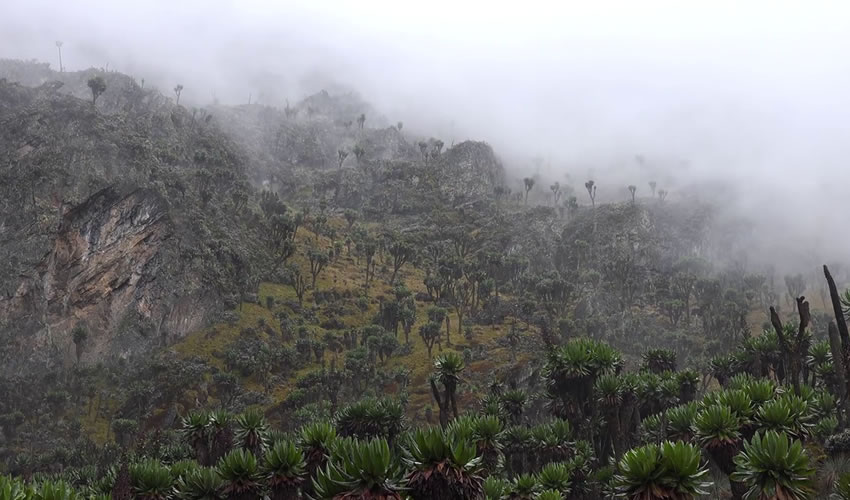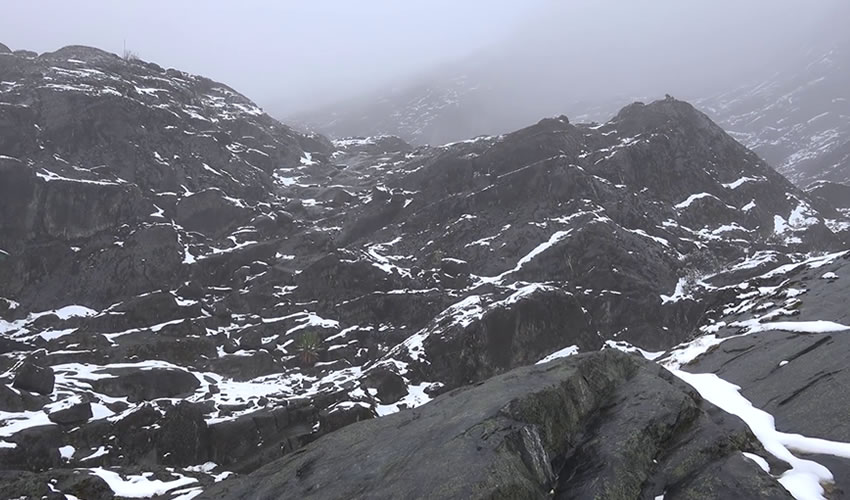In the 300 AD the Alexandrine geographer Claudius Ptolemy suggested that the Nile had its source from snow peaks on the Equator, the ‘Lunis Montae’ or ‘Mountains of the Moon’. The Mountains of the Moon and other mysteries of the African interior were finally revealed to the world during the 19th century when European explorers penetrated the region. In 1888, H.M Stanley while on expedition at the shores of Lake George sighted the snow on peaks of Rwenzori. People travel from world over to take part in Hiking Rwenzori Mountains.

Since 1906, the Rwenzori Mountains have become a paradise for botanists and mountaineers alike. Research has revealed a wealth of endemic species in the range within a series of remarkable concentric, altitudinal, vegetation zones, unique to East African mountains.
Hiking Rwenzori Mountains is even more exciting because the Rwenzori Mountains has a wide altitudinal range rising from about 1670 to 5010 metres above sea level. There are numerous ranges in the park, at the centre of which are six Mountains. These are Mt.Stanley, Mt. Speke, Mt.Baker, Mt. Emin, Mt. Luigi Di Savoia. On each of these mountains are several peaks. But what does it take to climb these mountains?
Since 2 July 2001, when the mountains were once again opened for climbing, permits are required for one to join a mountaineering groups. African Pearl Safaris can secure one with Uganda Wildlife Authority (UWA) or Rwenzori Mountaineering Services (RMS). RMS maintains the trails and huts. The mountains are suitable for all enthusiastic climbers; no special training is needed prior, however one must be fit with some stamina.

Climbers must carry waterproof clothes because the mountains have a reputation for being wet. The best times to visit are from end of December to February and from mid-June to Mid-August. The rest of the years has lots of rains and makes the walk or climb slippery. Besides that, views are not the best with mist sometimes shrouding the mountains, most especially the peaks.
A round trip to and from the highest peak takes eight days and the payment includes fees, porters, guides, equipment hire and food. It is wet for much of the year and cold at night, waterproofs and plenty of warm clothing are needed. It is always advisable to take porters and a guide. Porters carry loads of over 20 Kg excluding their own blankets and supplies. Guides are also necessary.
A climber is expected to carry all the food that one needs. It is certainly worth taking a stove; apart from the environmental impact of cutting wood for cooking, the wood is almost always wet and difficult to light. For climbers who intend to tackle the peaks should be sure that their guide is experienced.
Join us for the Rwenzori Circuit as we conquer Nyakalengija on Day 1, Nyabitaba on Day 2, John Matte on Day 3, Lake Bujukku on Day 3, Lake Kirandara hut on Day 4, Guy Yeoman on Day 6, Nyabitaba on Day 7 and return to Nyakalengija.
